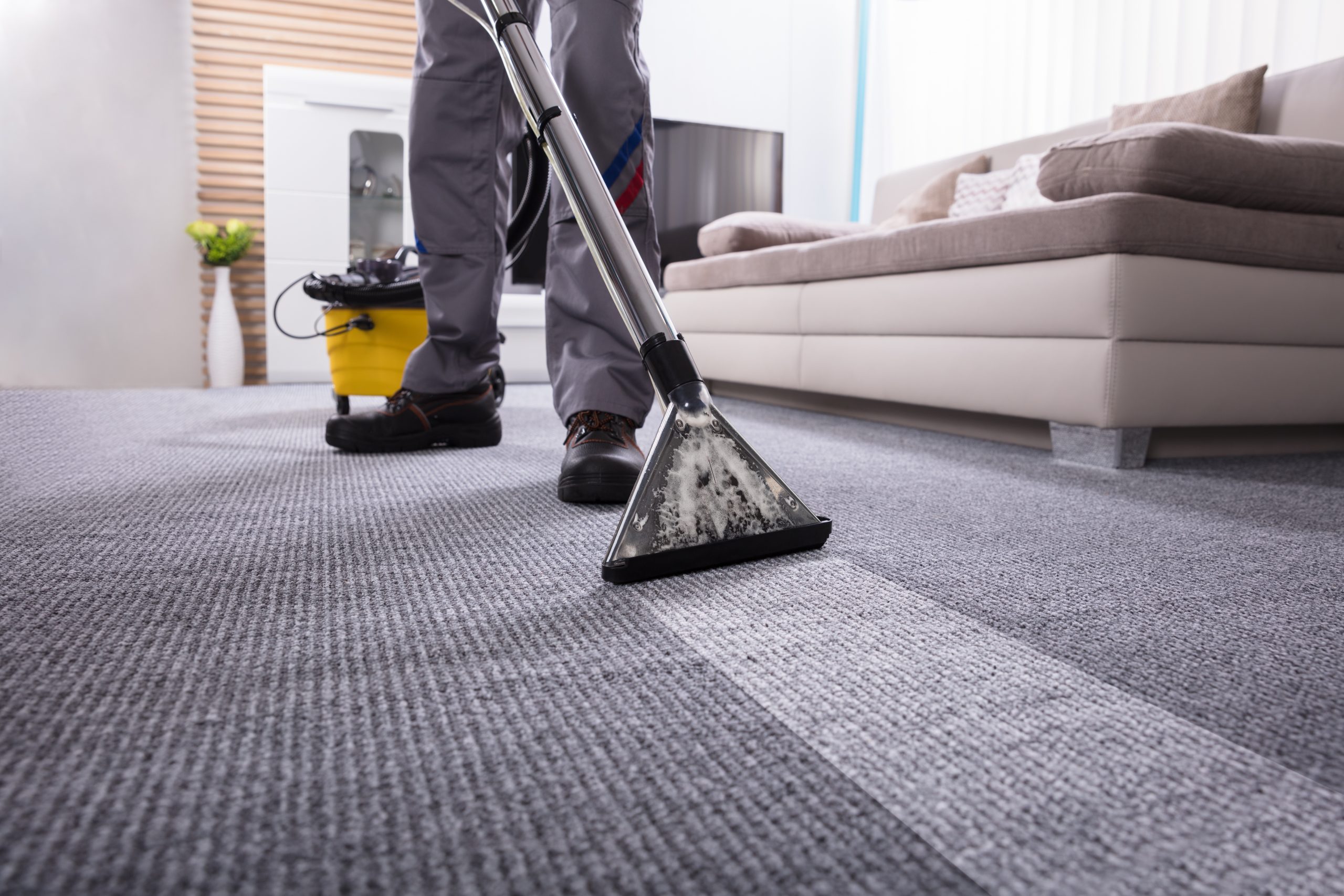What Is A Curtain Wall In Construction When designing a curtain wall, consider the building’s location and climate to choose the most suitable materials for insulation and weather resistance. In conclusion, the curtain wall is a great innovation that has made the structures of modern buildings possible. It provides an attractive and durable envelope for any building while also adding to its energy efficiency and strength. The pressure-equalised system utilises the best of both kinds by offering a completely water-resistant curtain wall façade which will also have no problem when tackling challenging weather conditions. They are often used to provide energy efficiency by controlling the amount of heat transfer through the building envelope. A curtain wall system also called curtain walls, glazed facades, or glass facades is one of the many different types of exterior cladding systems you can use to build your building. Curtain walls are a type of building construction that is used to separate the interior space from the exterior space. Curtain walls are also capable of stabilizing the internal temperature of a building. This usually involves glazing or insulating the glass panels to reduce heat transfer.
Stone Veneer Curtain Wall Systems
Furthermore, curtain wall systems contribute to the overall safety and durability of the building. These systems are designed to withstand wind loads, seismic requirements, and extreme weather conditions, providing robust protection against external forces. Understanding the different types of curtain wall systems is essential when planning a construction project.Infill Panels for Curtain Wall Systems
Contact Us
Clear View Builders
Email: [email protected]
Phone: +19164205862
4913 Rio Linda Blvd
Sacramento, California, United States 95838
Advantages of Curtain Wall System
- The added value comes not only from the visual appeal but also from the energy efficiency and spatial benefits curtain walls provide.From there, make sure it has expansion joints, seals, and gaskets to account for the inevitable thermal expansion.These walls serve as a barrier against wind, rain, and temperature fluctuations, contributing to a building’s durability and comfort.Stick curtain wall systems have a lower shipping cost because they can be adjusted on-site, but they have a higher labor and time cost.Siding comes in many forms and materials, which are generally chosen based on the designand aesthetics of the building.

